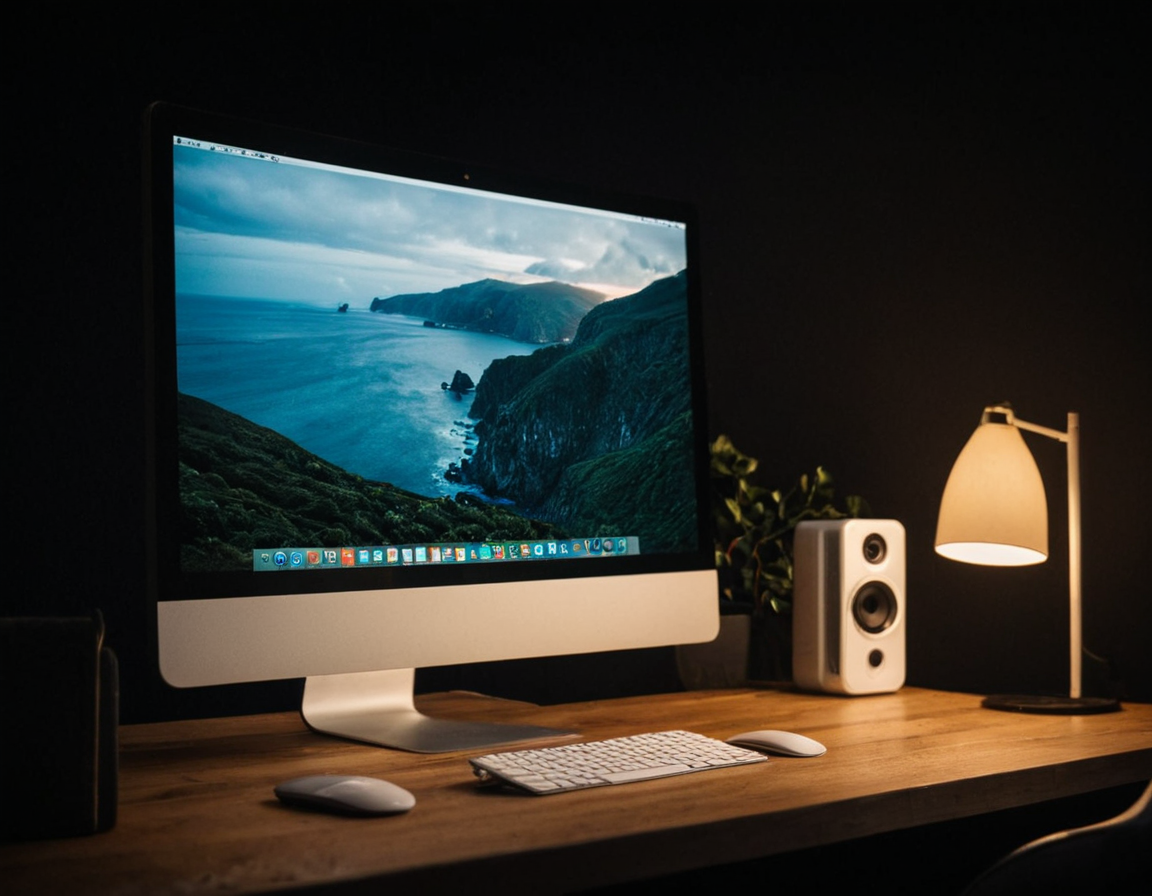Edit Product Images: Lightroom & Photoshop Guide

The Ultimate Guide to Editing Product Images in Lightroom and Photoshop
As the world of e-commerce continues to grow, the importance of high-quality product images cannot be overstated. A well-edited product image can make or break a sale, while a poorly edited one can lead to buyer’s remorse. In this guide, we will explore the best practices for editing product images in Lightroom and Photoshop, two industry-standard software tools.
Introduction
The art of editing product images is not just about applying filters or adjusting exposure; it’s about creating a visually appealing image that showcases the product in its best light. In this guide, we will delve into the world of product image editing, exploring the latest techniques, tips, and tricks to help you take your skills to the next level.
Understanding the Fundamentals
Before we dive into the nitty-gritty of editing, it’s essential to understand the fundamentals of product image editing. This includes:
- Understanding the target audience: Who is your customer? What are their needs and expectations?
- Researching competitors: Analyze your competitors’ images to see what works and what doesn’t
- Working with high-quality assets: Ensure you have access to high-resolution images that can be edited
Editing in Lightroom
Lightroom is a powerful tool for editing product images, offering a range of adjustments and tools to help you achieve the desired look.
Adjusting Exposure and Contrast
When it comes to adjusting exposure and contrast, the key is to make subtle adjustments. A drastic change can lead to an unappealing image.
- Exposure: Adjusting exposure can greatly impact the overall look of the image. Use the exposure slider to brighten or darken areas as needed.
- Contrast: Contrast can add depth and dimension to an image. However, be cautious not to overdo it, as this can lead to an unappealing look.
Working with Color Grading
Color grading is a powerful tool for adding emotional depth to your images. However, use it sparingly and only when necessary.
- Understanding color temperature: Color temperature refers to the warmth or coolness of the image. Use the color temperature slider to adjust this.
- Working with LUTs: LUTs (Look Up Tables) are pre-defined color grading settings that can be applied to an image. Use these sparingly, as they can look forced.
Working with Textures and Overlays
Textures and overlays can add depth and interest to your images. However, use them sparingly and only when necessary.
- Understanding texture types: There are different types of textures available, including fabric, wood, and metal. Choose the one that best suits your image.
- Working with overlays: Overlays can be used to add additional information or visual interest to an image. Use these sparingly, as they can look forced.
Editing in Photoshop
Photoshop is a powerful tool for editing product images, offering a range of advanced features and tools.
Working with Layers
Layers are a powerful feature in Photoshop that allow you to work on individual elements of an image.
- Understanding layer types: There are different types of layers available, including layer masks, adjustment layers, and layer styles. Choose the one that best suits your needs.
- Working with layer blending modes: Layer blending modes can be used to combine multiple layers in a single image. Use these sparingly, as they can look forced.
Working with Masks
Masks are a powerful feature in Photoshop that allow you to work on specific areas of an image.
- Understanding mask types: There are different types of masks available, including layer masks and selection masks. Choose the one that best suits your needs.
- Working with masking tools: Masking tools can be used to create complex selections or refine existing ones. Use these sparingly, as they can be time-consuming.
Working with Actions
Actions are a powerful feature in Photoshop that allow you to automate repetitive tasks.
- Understanding action types: There are different types of actions available, including batch processing and scripting. Choose the one that best suits your needs.
- Working with actions: Actions can be used to automate repetitive tasks or create complex selections. Use these sparingly, as they can be time-consuming.
Conclusion
Editing product images is an art form that requires skill, patience, and practice. In this guide, we have explored the best practices for editing product images in Lightroom and Photoshop, two industry-standard software tools. Remember to always work with high-quality assets, research your competitors, and understand your target audience. With these tips and tricks, you can take your skills to the next level and create stunning product images that drive sales.
Call to Action
Are you ready to take your product image editing skills to the next level? Download our free resource pack, which includes a range of presets, templates, and tutorials to help you get started.
Tags
editing-product-images lightroom-tips photoshop-for-ecommerce digital-image-enhancement professional-photo-editing
About Sofia Perez
As a seasoned photographer and blogger, I help creatives elevate their craft through expert tips, industry insights, and hands-on tutorials on lentecreativa.com. With a passion for inspiring photographers to push boundaries, I share practical knowledge on lighting, composition, and more.
